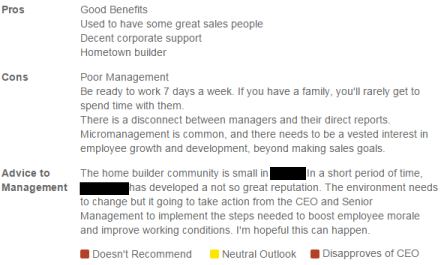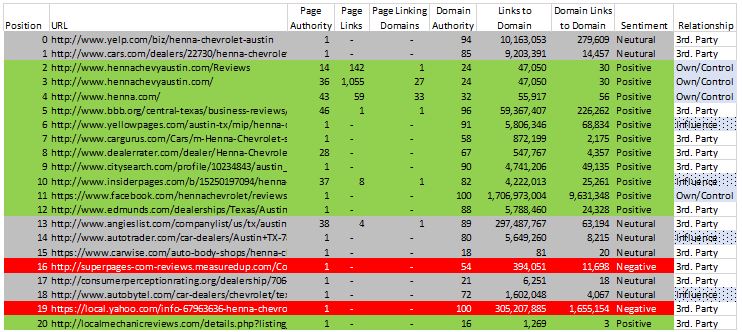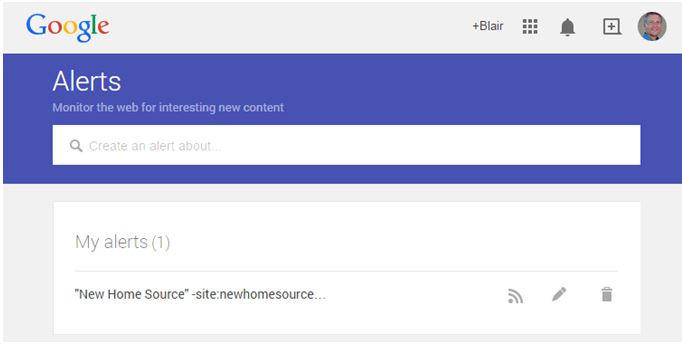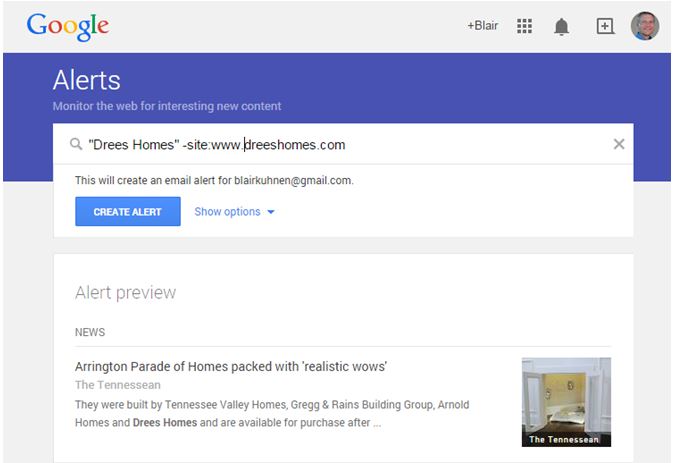This is the third of four blogs in our online reputation management series.
We previously covered online reputation management and steps in auditing and monitoring your online reputation. Now we will address responding to bad reviews.
Home building is a very human business and we, as humans, all make mistakes. The Internet amplifies those mistakes making them more visible. Gone are the days when you would address an issue that made it into print media and then quietly went away. Online reviews don’t go away. They have to be handled differently than other potentially negative public relations issues.
Don’t let negative brand or employment reviews cause further damage by going unanswered. Delays allow the current situation to escalate leading to lost sales or potential employees. That said, we believe there are right and wrong ways to respond.
It is uncomfortable to admit mistakes and takes courage to publically acknowledge them. Online, that is exactly what you have to do. This is important for two reasons: (1) When done right, it keeps the PR issue from escalating, and (2) it minimizes the ongoing damage of negative information that remains visible. This second point is what differentiates handling online vs. offline reviews. Potential customers and employees are going to see your response or lack thereof. Reviews handled with care will both prevent additional negative reviews and reduce the impact of the bad reviews.
We believe a builder should respond to a negative review in a timely, authentic, and humble manner. A personal and conversational tone is generally preferred. Here are some guidelines:
- Show empathy: Apologize and express that you understand the pain/inconvenience caused. It does not matter if what they are saying is 100% accurate, you don’t want to debate or seem defensive. Try to understand their point of view and how the situation made them feel.
- Demonstrate your contrition: Empathy alone is not enough. Express how your actions were wrong and what you are doing to fix it. Show that you are taking steps to make amends and prevent similar issues.
- Without making excuses or sounding defensive, stress the positive: This is the tricky part, but an opportunity to turn lemons into lemonade. Let’s assume something positive (e.g., company growth) contributed to unintended employment related results. In this case, you should point out the jobs and advancements made possible through your growth, but admit to the negative consequences.
- Ask for feedback: Ask the poster to come back and comment on how you did with resolving the issue.
When a prospective customer or employee reads your response, they should be thinking: “Some of the reviews I see here are bad but at least the company has acknowledged the issues and are seeking to find a resolution.” If someone wants to come to work for your company, they want to believe your story. If they don’t, you probably don’t need them.
Is this easy? No, but you can do it. I ran across this blog post from SEER Interactive that gives a good critique of several reviews on Yelp. It is worth a read before you draft your first response to a negative review.
When You Should Respond to a Poor Online Review
In general, faster is better. However, do not write a response while you are still angry as that could cause even more damage. Additionally, you don’t want to seem like you are in denial about the allegation even if the complaint is unfair.
There are times when you will not want to respond and maybe should not. When a negative review is pure slander, you might not respond. You might try to have the review deleted from the site or even consider legal action. These cases are few and far between.
Who Should Respond to a Negative Online Review
Unless you are Amazon, you probably don’t want your reply to come from someone with customer service in their title. In many cases, you should consider your president or a regional department head, but most importantly make sure someone is responding. You may want to consider providing a direct dial phone number that you can be reached at. Sometimes talking it out is better than corresponding through the web or email. While we are talking about negative reviews, responding to positive reviews humanizes the business and is a lot more fun for your CEO.
A colleague recently shared Glassdoor reviews of Zillow, a massive online real estate site with more than 500 employees. Their CEO, Spencer Rascoff, directly responds to many of the Zillow reviews with humility and a style that probably helps their recruiting effort.
An Example of How to Respond to a Poor Glass Door Review
This builder used in this example is growing quickly. Strong revenue growth creates huge opportunities for all employees if they seize them. Start by thanking the poster for their feedback. Read the review carefully and make sure you directly address specific issues.
This company needs to support its current strong employees while only recruiting the best. This response is crucial:
- You want to communicate to prospective posters that you recognize your growing pains and are taking action. We believe employees will be less likely to post negative reviews if they see a solid response followed up with action.
- A solid response allows prospective employees to see the opportunities your company has to offer while minimizing their hesitations.
A Hypothetical Recommended Response to this Review:
“Thank you for pointing out some of the problems related to our recent growth. We did not do well. Our team is the backbone of our success. Our rapid growth has created tremendous opportunities for career advancement, but it stretched our systems. We are sorry that we have left some employees feeling they are not supported and in some cases we asked for more than what was fair. That is a terrible feeling especially when you work as hard as our employees do.
This has been an area of concern for executive management. We left employees far too stretched and failed to delegate authority that would have made your lives easier.
In response we are implementing our company-wide leadership training and development program in January and are speeding our recruitment efforts to handle our continued growth. We need to get new employees up to speed faster with our processes and procedures so they can serve customers better. We will not grow revenue and profits at the rate we desire without a well-trained, motivated, and loyal team leading the charge.
Finally, we need to push authority down further and are currently experimenting with ways to give additional decision making and spending authority to our field personnel.
Please return later and re-post or reply anonymously to tell us how we have done.”
Over the top? Maybe, but this type of response can make an immediate impact. This may be difficult the first time, but it gets easier. You will feel better having responded and may have more clearly identified how to improve your business.
This blog series has given you a good understanding of how online reputation management works, from how to complete a reputation audit to providing recommendations for responding to negative reviews. Do you still have bad reviews out there on page one or page two of Google search results? Stay tuned for the final post in this series where we will show you how to get your positive reviews ranking higher in Google search results.








